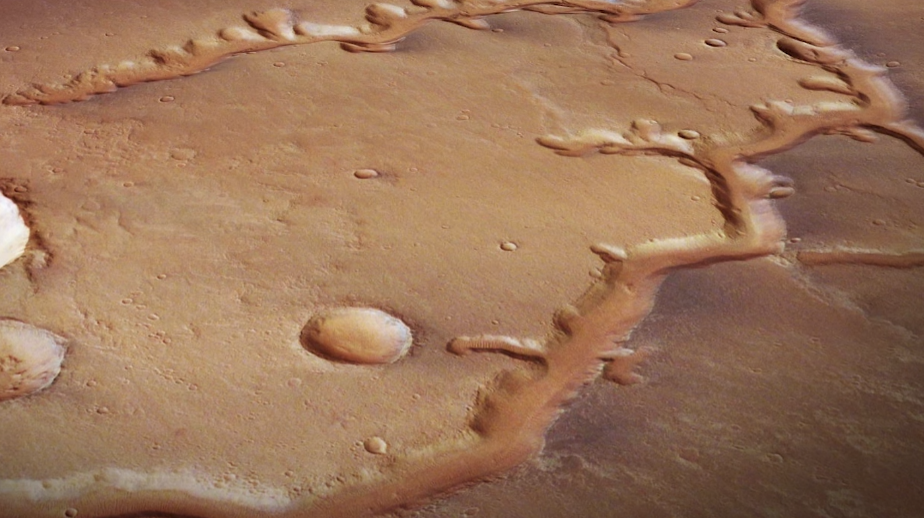Recent findings by NASA’s Perseverance rover have once again ignited a fascination with Mars, unveiling compelling evidence that reinforces the belief in the planet’s ancient aqueous past.
The discovery points toward a history of rivers and oceans on the red planet, painting a vivid picture of what might have been a habitat conducive to life millions of years ago.
For decades, Mars has intrigued human imagination, featuring in mythology as a celestial being and, more recently, as a target for scientific exploration.
Scientific investigations have consistently hinted at the presence of water on Mars in its distant past, sparking speculation about the potential for extraterrestrial life.
While concrete proof of Martian life remains elusive, mounting evidence solidifies the notion that Mars was once a water-rich world. Perseverance, diligently charting its course across the Martian terrain, recently captured a striking image using its Mastcam-Z camera.
NASA’s Linking Water to Life’s Origins

The photo revealed an assortment of rocks and pebbles strewn across Mars’ Jezero Crater, particularly in the region known as ‘Castell Henllys.’ NASA posits that these remnants were transported by forceful floodwaters billions of years ago, shedding light on Mars’ hydrological history.
The primary objective of the Perseverance mission lies in Astrobiology, aiming to uncover definitive proof of extraterrestrial life. This pursuit, however, doesn’t exclusively involve seeking out the stereotypical alien life form but also encompasses the discovery of microorganisms or their fossilized remains, which would mark a monumental breakthrough.
The quest for water on distant celestial bodies draws from Earth’s evolutionary narrative, where the origins of life are rooted in water. The presence of water has historically been linked to the likelihood of supporting life, following the trajectory of evolution observed on our planet.
Moreover, Mars isn’t the sole contender in this quest. Europa, Jupiter’s moon, holds promise with speculations of a vast subsurface ocean beneath its icy crust, potentially fostering life forms.
Additionally, recent speculations suggest the existence of active volcanoes during Mars’ ancient epochs, hinting at a dynamic and evolving Martian landscape that may have housed life forms millions of years ago.


Comments are closed.